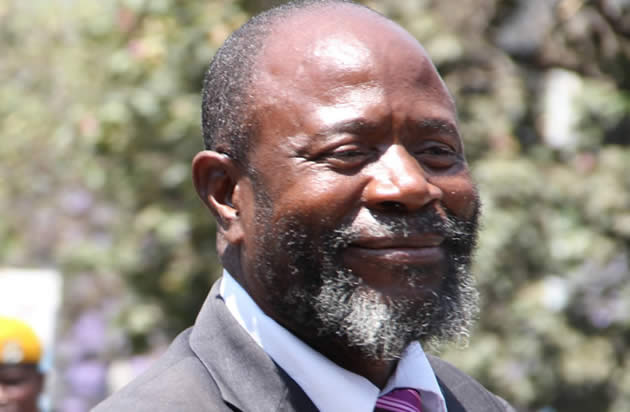Brave old world revisited
Stephen Mpofu
Perspective
What a pity.
No, that is an understatement, some people with justified anger or regret will say it actually approximates shame, a scandal, even tragedy, that most literate people on the African continent should be hobbling, nay, lamentably wilfully reluctant to immortalise in black and white and on the small or big screen, or on both screens, for the benefit of its young generations the vicissitudes, some dizzifying, some fatal, which the gallant sons and daughters of the soil navigated along the way to freedom and independence on April 18, 1980 and, latterly, to earning the stellar rating of literacy on this continent.
Now as tempus fugit which in Latin means time flies, and the old rich leaves yellow and fall off the tree of life, new shoots are wont to wither the tree of life, new shoots are wont to wither away in the buds from a lack of nutrition as the roots decay underground poisoned by polluted water or anti-revolutionary ideas, in non-figurative language.
That, in a nutshell, is the dilemma the Zimbabwean nation faces with neo-colonial stooges uprooting sign posts in a rampage to detour the revolutionary road without end on which the country is intent to travel towards economic and social prosperity, national unity and durable peace.
Imperialist quislings appear to take advantage of the fact that in the 34 years of uhuru the smouldering ambers of the revolutionary fire that consumed colonial Rhodesia with its concomitant repressive racist laws against blacks are only fanned, revived, in run-ups to Heroes’ Day in August with revolutionary slogans, some pedestrian, some utterly copy cats to prepare audiences for statements that speakers want to deliver, sometimes on topics totally unrelated to the revolution that restored the land to its rightful owners.
In addition, occasional visits by Zimbabweans, leaders or students, are made to refugee camps in foreign lands such as Zambia and Mozambique where innocent Zimbabweans were massacred by Rhodesian forces, those visits being intended to serve as ritualistic reminders of the martyrs of the freedom struggle lying in unmarked graves both in foreign lands abroad and at home — and then they are forgotten about until year later when Independence Day or Heroes’ Day come round. Just recently a group of civil servants visited Chimoio in Mozambique where Zimbabwean refugees were butchered by Ian Smith’s air force planes and listened, horrified to accounts by survivors of how the massacre happened.
Apparently learning for the first time about the sacrifices made by the living and massacred guerillas in the struggle to liberate the motherland, some of the civil servants were heard to suggest that young Zimbabweans employed in government should have teach-ins organised for them on the armed struggle by their gallant fellow young Zimbabweans.
Is it a mere oversight or a tragic forgetfulness or indeed an unforgivable negligence that places such as Gonakudzingwa, Wha Wha and Chikombela to which Zimbabwean nationalists were restricted, and where loftier revolutionary ideas and ideals of freedom were incubated and hatched have over the years become afterthoughts, being made alive again, like the coals that fired the freedom struggle at Independence or Heroes holidays?
Or is it because once freedom and independence were in the bag those leaders who played pivotal roles in organising the masses during the long campaign for uhuru became too engrossed with a new struggle for political power and a rat race for riches – earning President Mugabe’s description of the leaders as “creatures at the top” — so that their erstwhile places of incarceration paled off into insignificance when these ought to be looming large in the political history of Zimbabwe.
During visits to the then West Germany in the early 1970s – before the fall of the Berlin Wall and a re-unification with socialist East Berlin – a group of African journalists including this scribe were taken on a conducted tour of torture chambers in one town where Jews were strapped to spiked beds and electrically tortured to death by Adolf Hitler’s agents.
In a city elsewhere, the journalists were taken to a guillotine mounted in a public place and shown where decapitated heads of executed Jews fell and where the torso rolled off to be collected for incineration.
Asked why the government kept for public display the instruments capturing Hitler’s satanic, anti-Semitic campaign against the Jews, guides said the government said this was being done so that no Germans would in future again allow the massacres of any other race in the country.
l To Page 6








Comments